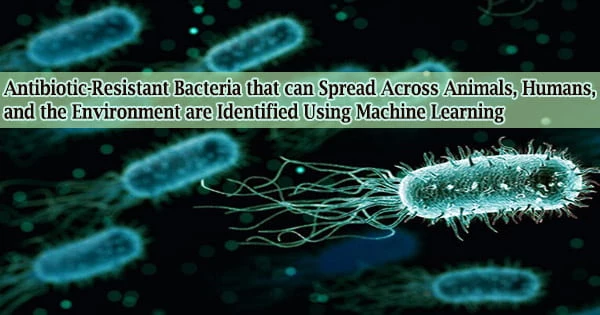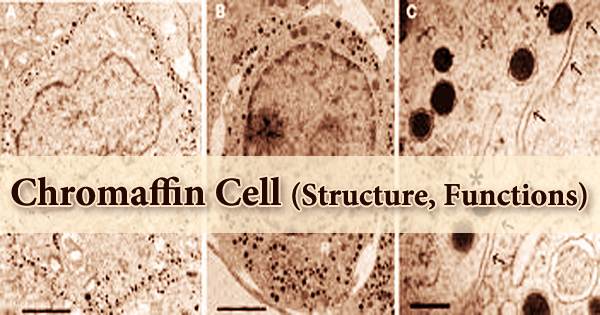Experts at the University of Nottingham have created ground-breaking software that combines DNA sequencing and machine learning to assist researchers figure out where and how antibiotic-resistant bacteria spreads between humans, animals, and the environment.
Dr. Tania Dottorini of the University’s School of Veterinary Medicine and Science conducted the study, which was published in PLOS Computational Biology. Antibiotic resistance occurs when bacteria and fungi gain the ability to resist medications that are meant to kill them. This indicates that the germs are not destroyed and continue to multiply.
Antibiotic-resistant bacteria are microorganisms that are resistant to antibiotic treatment or death. In the presence of an antibiotic, they can live and even reproduce. Most bacteria that cause infections can develop resistance to at least some drugs. Multi-resistant organisms are bacteria that are resistant to multiple antibiotics (MRO).
Antimicrobial-resistant bacteria and antimicrobial-resistant genes, which are capable of infecting humans and carrying resistance to drugs used in human medicine, are seen as ideal breeding grounds in anthropogenic environments (spaces created by humans), such as areas of intensive livestock farming. This could have a significant impact on how certain illnesses and infections are handled.
Bacteria and fungi do not need to be antibiotic-resistant to be hazardous. Even one drug resistance can cause major issues. Antibiotic resistance is a major worry since some bacteria have developed resistance to practically all commonly used antibiotics.
China has a vast intensive livestock farming business, with poultry being the country’s second most important source of meat, and is the world’s greatest consumer of antibiotics in food production.
Our approach, using machine learning, opens up new possibilities for the development of fast, affordable, and effective computational methods that can provide new insights into the epidemiology of antimicrobial resistance in livestock farming.
Dr. Tania Dottorini
A team of experts examined a large-scale commercial chicken farm in China, collecting 154 samples from animals, carcasses, workers, and their homes and environs for this new study. They extracted a specific bacteria called Escherichia coli (E. coli) from the samples.
These bacteria can reside in a person’s gut in a safe manner, but they can also be pathogenic, and their genomes contain medication resistance genes, causing sickness such as severe stomach cramps, diarrhea, and vomiting.
To characterize the many types of infections detected on the farm, researchers employed a computational strategy that included machine learning, whole-genome sequencing, gene exchange networks, and mobile genetic elements. Antimicrobial genes (genes that give antibiotic resistance) were discovered in both pathogenic and non-pathogenic bacteria.
Using machine learning, the researchers were able to find an entire network of antimicrobial resistance genes that were shared among animals, farm employees, and the environment. This network contained genes known to induce antibiotic resistance as well as genes associated with antibiotic resistance that have yet to be discovered.
Dr. Dottorini said: “We cannot say at this stage where the bacteria originated from, we can only say we found it and it has been shared between animals and humans. As we already know there has been sharing, this is worrying, because people can acquire resistances to drugs from two different ways from direct contact with an animal, or indirectly by eating contaminated meat. This could be a particular problem in poultry farming, as it is the most widely used meat in the world.”
“Our computational techniques will allow us to analyze enormous amounts of complex data from many sources while also finding potential hotspots for specific microorganisms. They are quick, precise, and may be used in huge locations, such as many farms, at the same time.”
There are many antimicrobial-resistant genes we already know about, but how do we go beyond these and unravel new targets to design new drugs?
“Our approach, using machine learning, opens up new possibilities for the development of fast, affordable and effective computational methods that can provide new insights into the epidemiology of antimicrobial resistance in livestock farming,” says Dr. Dottorini.
The research was done in collaboration with Professor Junshi Chen, Professor Fengqin Li, and Professor Zixin Peng from China National Center for Food Safety Risk Assessment (CFSA).
















